For the webapps I'm developing, I usually use the following files organization, since I think it respects the convention:
src
|-- main
|-- resources
| |-- *.properties
| |-- *.xml
| |-- spring
| |-- applicationContext.xml (main application context config file)
|-- webapp
|-- WEB-INF
|-- spring
| |-- spring-mvc.xml (web application context config file, delegated to manage only the web part)
| |-- spring-security-http.xml (web security config)
|-- static
| |-- *.css
| |-- *.js
|-- views
| |-- *.jsp
|-- web.xml (deployment configuration)
What I would like to try, is to organize my files according to the following structure:
src
|-- main
|-- resources
| |-- *.properties
| |-- *.xml
| |-- web.xml
| |-- spring
| |-- applicationContext.xml
| |-- spring-mvc.xml
| |-- spring-security-http.xml
|-- webapp
|-- WEB-INF
|-- static
| |-- *.css
| |-- *.js
|-- views
|-- *.jsp
Of course, when packaging the webapp, the files will be relocated where they have to (e.g. the web.xml file within the WEB-INF folder). The reason why I would like to reorganize my webapps as above, is that I find it more convenient to have all the *.xml config files in the same location, instead of having some here and some there. Is it a bad idea in your opinion to break my initial structure? If yes why? Why is it so important to have all the web config files within the WEB-INF folder?
PS: technically, I know how to well link all the files within the classpath of the webapp. The question is more about convention and feedbacks from personal/professional experiences.

